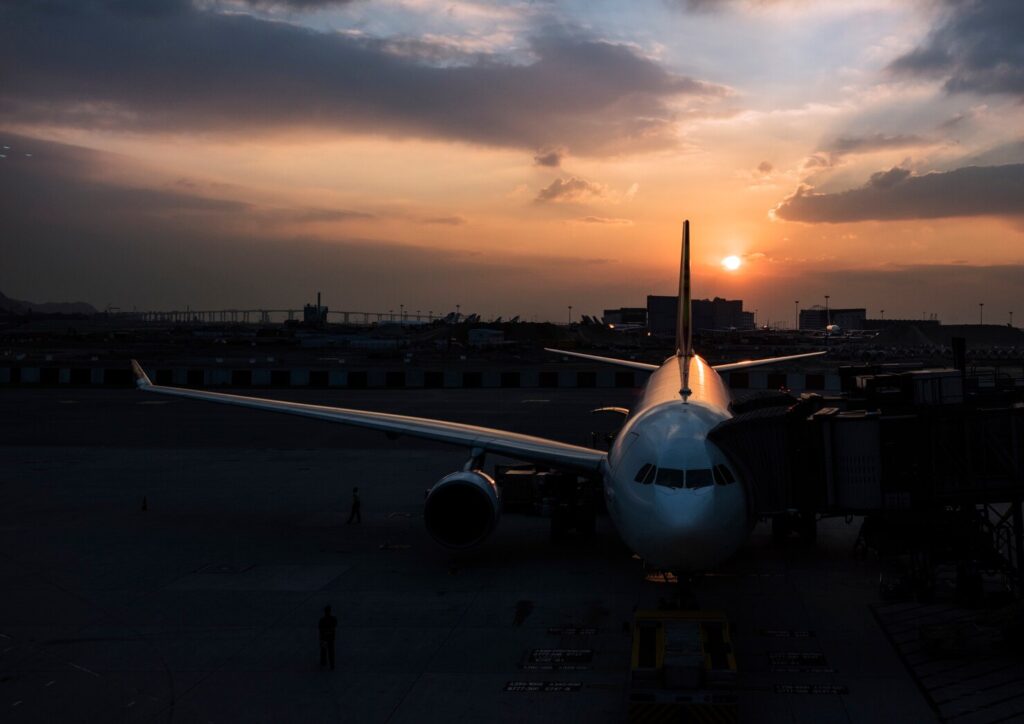August 24, 2025 | Abu Dhabi, UAE: The UAE General Civil Aviation Authority (GCAA) has launched its new Aerodrome Crisis Management regulation, introducing robust rules for crisis management in aviation. This Civil Aviation Regulation (CAR) on Aerodrome Crisis Management (ACM) requires all airports in the Emirates to adopt a proactive, integrated framework, shifting from simple reaction to comprehensive preparedness.
Elevating Safety in a Bustling Aviation Hub
Handling over 95 million passengers in 2024, the UAE’s airports see traffic levels on par with the world’s busiest hubs. Yet behind the glossy terminals and high-speed rail links lies a tougher challenge: preparing for every “what if.” The new CAR on Aerodrome Crisis Management draws on lessons from global events, COVID-19 disruptions, sandstorm groundings, and last year’s major data-centre outage to codify best practices. Its goal is simple: keep passengers safe, flights on time, and ground operations running smoothly, no matter what.

The UAE’s airports are incredibly busy places—Dubai International alone welcomed 92.3 million passengers in 2024, making it one of the world’s most hectic travel hubs. But managing that many people isn’t just about smooth check-ins and duty-free shopping. Airport managers face real challenges: What happens when a major sandstorm grounds flights for hours, like the one that hit in 2023? Or when a critical data system goes down unexpectedly, as happened at a navigation facility last year?
Proactive, Integrated Crisis Planning
Under this regulation, every airport must:
- Draft scenario-based plans from severe weather to IT failures—with clear triggers for activation and resource deployment.
- Run quarterly drills so realistic that staff at Dubai International once evacuated Terminal 3 under blackout conditions; ground crews described the exercise as “the closest we’ve felt to a real emergency.”

- Coordinate minute-by-minute with police, firefighters, health services, and utility providers via a unified command center, reducing confusion when seconds count.
- Update a dynamic risk register daily, so emerging threats—like cyber scams targeting air-traffic control are spotted and addressed before they escalate.
By weaving these practices into everyday operations, the UAE places crisis readiness on par with security screening and baggage handling.
Collaboration, Consultation, and Real-World Feedback
The ACM regulation was developed with extensive input from UAE airports and informed by international best practices from ICAO and other leading aviation bodies. GCAA Assistant Director-General for Aviation Safety Affairs, Eng. Aqeel Al Zarouni confirmed its practicality and scalability across airports of all sizes and complexities. Workshops with frontline staff and experts ensured the framework covers both physical and digital crisis scenarios, supported by insights from major events like Expo 2020 Dubai.

This consultative approach has enabled the creation of a regulation that is adaptable to a variety of airport operations while maintaining high standards of safety and responsiveness. Furthermore, the regulation emphasises continuous improvement by incorporating feedback mechanisms to evolve alongside emerging threats and technological advancements.
Championing Continuous Improvement
“This CAR sets a global benchmark for how airports handle crises,” said Saif Mohammed Al Suwaidi, GCAA Director-General, at the regulation’s unveiling. He emphasised regular audits, tabletop exercises, and twice-yearly performance reviews to keep protocols sharp. Published metrics—response times, recovery durations, and training completion—will hold airports publicly accountable and drive constant refinement.
As these rules take effect, their benefits spread throughout the UAE’s emergency ecosystem. Civil defence units now train alongside airport crews; hospitals run joint drills to streamline mass-casualty response; even utility companies adjust backup-power tests to match airport schedules.
Globally, regulators from Europe and Asia are already studying the UAE’s model. Experts predict that adopting similar crisis-management rules will cut downtime, reduce insurance costs, and boost traveller confidence worldwide.
By combining practical drills, daily risk checks, and real-time coordination, the UAE’s Aerodrome Crisis Management regulation transforms airports from reactive sites into resilient strongholds delivering a new era of aviation safety and setting a template for the world.
Also Read: UAE Committee Targets World’s Brightest Mind For “We the UAE 2031”















